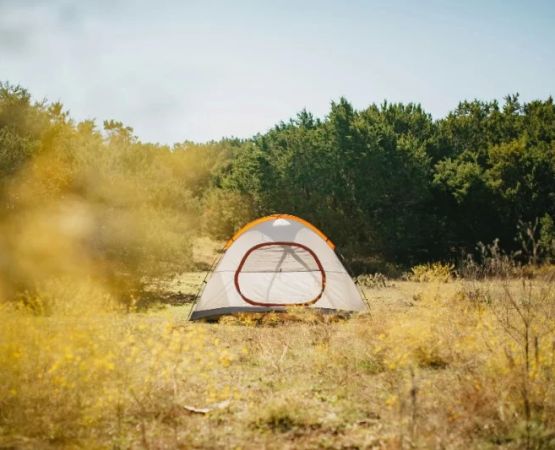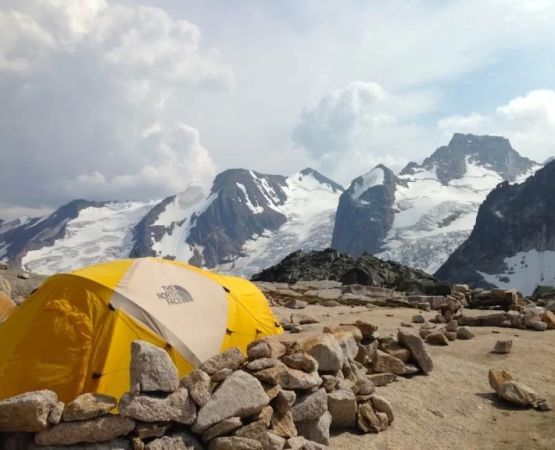How to Pack a Backpack to Distribute Weight Properly
- #Why-proper-backpack-weight-distribution-matters—for-safety-and-endurance
- #Understanding-the-anatomy-of-a-backpack—and-how-it-affects-balance
- #How-to-pack-a-backpack-to-distribute-weight-properly—step-by-step-structure
- #Real-hiking-experiences-that-show-the-impact-of-good-or-bad-packing
- #When-to-seek-packing-help-or-gear-advice—from-Pine-Cliff-Resort
Why Proper Backpack Weight Distribution Matters for Safety and Endurance
Learning how to pack a backpack to distribute weight properly is one of the most important skills for hikers, campers, and backpackers. Many beginners underestimate how dramatically poor weight balance affects posture, fatigue, and even injury risk. A poorly packed bag can pull your shoulders forward, strain your lower back, and throw off your stride—making even short hikes feel exhausting.
Proper weight distribution isn’t just about comfort. It prevents muscle overuse, reduces the chance of tripping, and improves overall stability. On uneven terrain or long-distance treks, balanced packing can be the difference between an enjoyable adventure and a painful, risky experience.
Understanding the Anatomy of a Backpack and How It Affects Balance
To understand how to pack a backpack to distribute weight properly, it helps to know how each part of your backpack supports load and movement. Backpacks are engineered to sit close to your center of gravity, transferring weight downward through your hips rather than leaving everything hanging on your shoulders.
1. The Hip Belt
The hip belt carries 60–80% of the pack's total weight. If your pack is too loose around the hips, that weight shifts upward, placing unnecessary pressure on your spine.
2. The Shoulder Straps
Shoulder straps stabilize the load rather than hold it. Over-tightening them can create pressure points and reduce blood flow, especially on long hikes.
3. The Back Panel
Modern hiking packs include ventilation channels and support structures to keep the load close to your back. Proper packing ensures these features actually work.
4. The Internal Frame
Internal frames keep your pack rigid and upright so your load doesn’t sag. Heavy items should be positioned to align with this frame for optimal stability.
How to Pack a Backpack to Distribute Weight Properly—Step-by-Step Structure
Now let’s break down how to pack your gear in a way that keeps your body aligned, reduces strain, and makes hiking significantly more efficient.
1. Bottom Section: Soft, Lightweight, and Compressible Items
The very bottom of your backpack is ideal for sleeping bags, clothing layers, or compact bedding. These items create a cushion that shapes the pack and lifts the heavier items into the proper weight-bearing zone.
2. Middle Section: Your Heaviest Essentials
This area is the heart of weight distribution. Place your dense items—water reservoirs, food bags, cooking gear, and heavier tools—close to your spine and slightly above your hip line. This keeps your center of gravity stable and prevents the pack from leaning backward.
3. Upper-Middle: Moderately Heavy Gear
Items such as jackets, rain gear, mid-sized first aid kits, or compact stoves work well here. They provide balance without outweighing the core heavy section.
4. Top Section: Quick-Access and Lightweight Items
Pack frequently used supplies—snacks, maps, gloves, headlamps, water filters—at the top. Lightweight items prevent the pack from becoming top-heavy so your stride stays natural.
5. Exterior Pockets and Straps
Use outside pockets for items that don’t affect weight distribution—small hygiene items, insect repellent, or sunscreen. Keep heavy gear off exterior straps to avoid swinging weight that shifts unpredictably as you hike.
6. Compression Straps
Cinching compression straps keeps your pack tight and prevents gear from shifting. Stability is just as important as weight placement when learning how to pack a backpack to distribute weight properly.
Real Hiking Experiences That Show the Impact of Good or Bad Packing
Many hikers have discovered the hard way that poor weight distribution makes even short trips feel overwhelming. One backpacker shared how he loaded all his heavy items near the bottom of his pack; halfway through a rocky trail, his lower back was screaming, and the shifting weight pulled him off-balance several times.
In contrast, a group of Appalachian Trail hikers explained that proper packing made their multi-day trek smoother. They were able to maintain a steady pace, conserve energy, and avoid joint pain—simply by aligning heavy gear near their core and distributing lighter items upward.
These real stories highlight why learning how to pack a backpack to distribute weight properly is a foundational skill for any outdoor traveler.
When to Seek Packing Help or Gear Advice from Pine Cliff Resort
If you’re new to backpacking or feel unsure about your packing method, expert guidance can make a huge difference. Pine Cliff Resort provides valuable resources, gear suggestions, and packing insights that help outdoor travelers stay comfortable and safe on their adventures.
Having access to the right gear—and knowing how to pack it—can transform your hiking experience. Mastering how to pack a backpack to distribute weight properly ensures better endurance, stronger posture, and healthier joints, allowing you to enjoy every trail with confidence.






